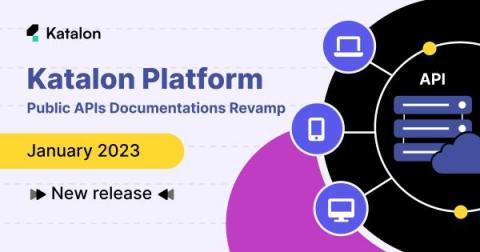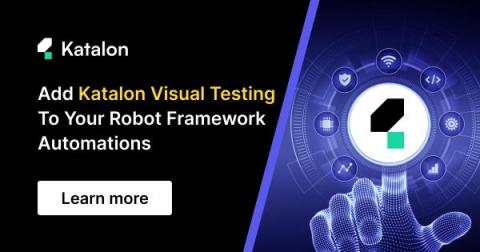What Is Integration Testing And Its Types?
Integration Testing (or I&T: Integration & Testing) is a type of software testing in which various units, modules, and components of the software are integrated and tested as a cohesive unit. With Integration Testing, testers want to find defects that surface due to code conflicts between software components when they work together. This level of testing is higher than unit testing, which only validates if software components function well as a single unit.











